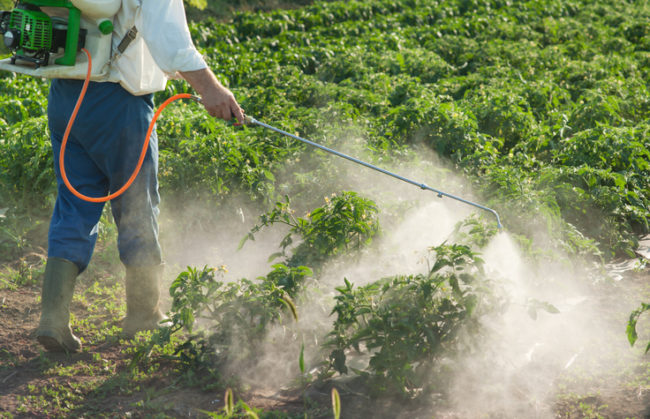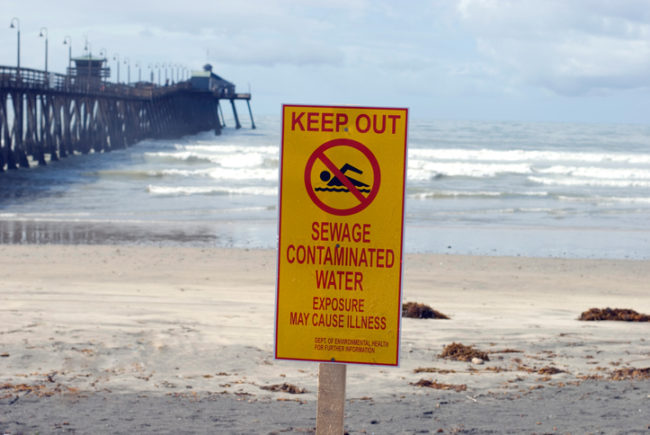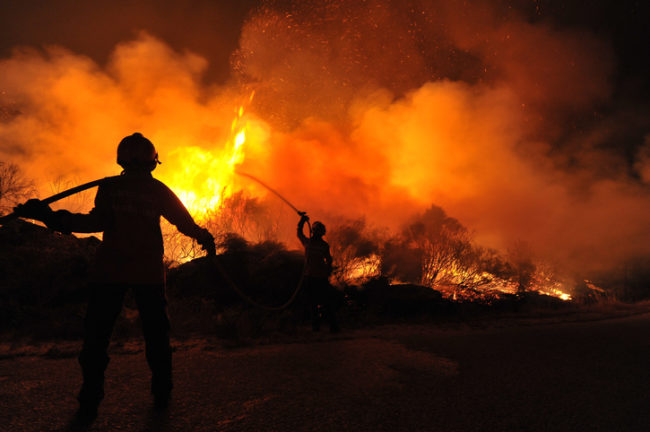Last November, we brought your attention to litigation in federal court in California regarding the listing of glyphosate as a substance “known to the state to cause cancer.” Since then, there have been developments in both the originally reported federal court case and a state court case on the same subject.
First, a refresher: glyphosate is a common pesticide sprayed on more than 200 types of crops across four million acres in California. Monsanto Company, the principal plaintiff in both cases, produces glyphosate in …
Continue Reading








